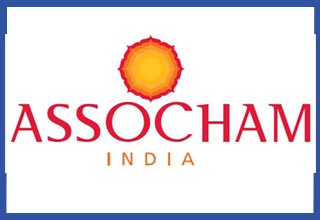Incentivise ARCs to double their capital: ASSOCHAM
Updated: Jul 02, 2015 05:06:37pm

The ARCs would require participation from entities such as private equity (PEs) and distressed - asset funds, it said.
The chamber has also proposed that to sufficiently incentivise ARCs, a combination of factors, a marginally higher management fees, better incentive-sharing mechanism and improved valuations are necessary.
ASSOCHAM Secretary General, DS Rawat said that though under the new RBI norms, ARCs have to invest at least 15 per cent of the value of assets acquired compared with 5 per cent earlier, creating additional constraints on capital, ARCs have regulatory restrictions on sponsor shareholding, which is currently capped at 49 per cent.
ARCs are also not allowed to raise funds from public, further limiting their ability to raise capital, he said.
In certain cases, an asset under resolution process finds it difficult to access funding for critical needs such as working capital and capital expenditure. There have been instances where ARCs themselves had to lend working capital to resolve cases. Such incidents compound the pressure on the already constrained financials of ARCs, noted ASSOCHAM.
Under the new guidelines, ceteris paribus, the RoCE of ARCs will shrink to lower single digits due to higher capital commitment and lower management fees.
New capital norms have significantly increased the cost of asset acquisition for ARCs. To offset this, ARCs have been seeking higher discounts to buy NPAs, but banks are unwilling to reduce price resulting in an expectation mismatch. This is why there is a sharp decline in the ARC transaction closure rate or the value of assets acquired as a percentage of value of assets put on the block by banks, said the chamber.
While reconstruction is most suited for large accounts, sale of assets or settlements is the most preferred and successful strategy for small accounts. The redemption ratio for small assets is higher compared with large assets.
However, experience shows that recoveries till date have not been up to potential. Cumulative redemption ratio (defined as SR issued) for the industry was 53 per cent as on June 30, 2013 and given the significant increase in SR issuances during fiscals 2014 and 2015, this ratio has come down significantly to 22-24 per cent. (KNN Bureau)












